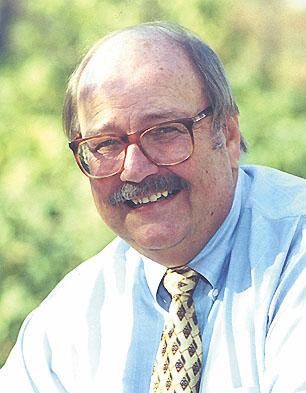“In My Opinion……….”

By Ray Alley
U.S. Soccer has a new Women’s National Team Coach. Tom Sermanni, a native of Scotland who has spent the past eight years as the national coach of Australia, replaces Pia Sundhage as the U.S. head coach.
Sundhage announced her decision to not seek a new contract with U.S. Soccer and to accept the position of WNT of her native Sweden.
Ironically, Sundhage’s farewell match to end a five-year run as U.S. coach was a 6-2 victory over Australia in an international friendly.
There were quite a number of candidates considered, and that Sermanni was hired, was not a big surprise. From a list of international coaches, he certainly comes highly qualified and has experience coaching in the U.S. for three seasons with WUSA.
Had Sundhage wanted to remain the U.S. coach, it was likely that she would have been given a contract extension. But the pull to return to her native Sweden was too great.
And the change is probably good for the U.S. team as well. There will not be a FIFA Women’s World Cup for another three years, or another Olympic Games for four. There really aren’t any other big women’s international championships between now and then. A good time to make a change.
Only a handful of players retired from the international game since Sundhage took over after the 2007 World Cup. Several others may retire before the next World Cup.
However, the bulk of the U.S. team, ranked #1 in the world is comprised of veterans who are likely to be on the team through the next World Cup cycle. While the faces on the team may not change a lot, the team will benefit from the challenge of a new philosophical approach.
Sundhage made some important changes in the way the team played the game. Under former national coach Greg Ryan the U.S. was very direct, knocking long balls up to Abby Wambach.
After following Ryan as head coach, Sundhage stressed more possession, moving the ball more to the outside and then attacking the middle of the final third of the field. Wambach was still a target, but Alex Morgan exploded onto the national stage as an exciting offensive option.
In remarks following being named the new U.S. coach, Sermanni pointed out the importance of American players becoming more technical. Better skilled with the ball, if you will.
It has been said that the U.S. lags in this area of the game. Some go so far as to call it a “weakness.”
Tom Byer, an American who is credited with impacting the technical development of players in Japan, has pointed this out. Byer was featured in the September 15, 2012 issue of Southern Soccer Scene.
U.S. Under-17 National Team Coach Albertin Montoya, also pointed out that U.S. players are behind others in technical abilities, including Japan, which is recognized as the most technical at the international level.
So what impact can Sermanni have in making a philosophical change that reflects the ability to hold possession longer, deal with pressure and effectively play out of tight spaces.
First, improvement in the technical skills our players will need to compete effectively at the international levels, must begin at a very early age. The national coach can influence the emphasis youth coaches, at the club through national youth teams, place on technical abilities.
In soccer there are 22 players on the field at one time, but only one ball. Players are without the ball much more than they are in possession of it, but all with have it at one time or another. Therefore, skill with the ball is very important for all.
At the senior national level, the responsibility to further develop technically lies with the players. Improvement can be made, but the players must accept the challenge and work at getting better.
Challenge is the key word. Sometimes when you have done something one way for a long time, and it has worked, one becomes satisfied with the results and bored by the process. The challenge, if accepted, will inject a new level of enthusiasm into the training process for a veteran team.
That said, it is important in making changes, not to strip away the abilities of the players which have made them the players they are today.
Sermanni will not be able to transform Wambach or Shannon Boxx into a clones of Brazilian star Marta, nor should he try. At the senior level, his challenge will to make Wambach, Boxx, Carli Loyd, Megan Rapinoe, Tobin Heath and company better…..not transformed.
What is really important is for the next groups of players, who will eventually move into the senior national team level, to be more complete technical players.
Byer’s philosophy of improvement is based on a belief that you must improve the level at the bottom of the development pyramid, starting with the recreation level. Work to make them all better, and the most talented with benefit from being challenged by better competition.
Sermanni has done a great job with the Matildas, building that national program to Top Ten in the world. He now is at the helm of a program that has not won a World Cup since 1999.
Winning again in 2015 is the goal!
